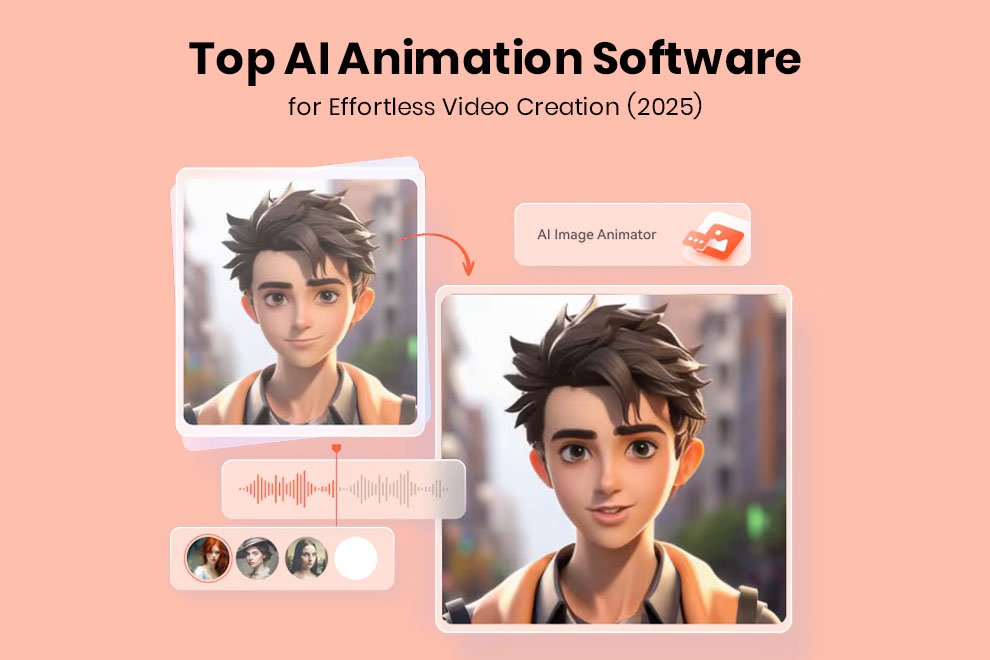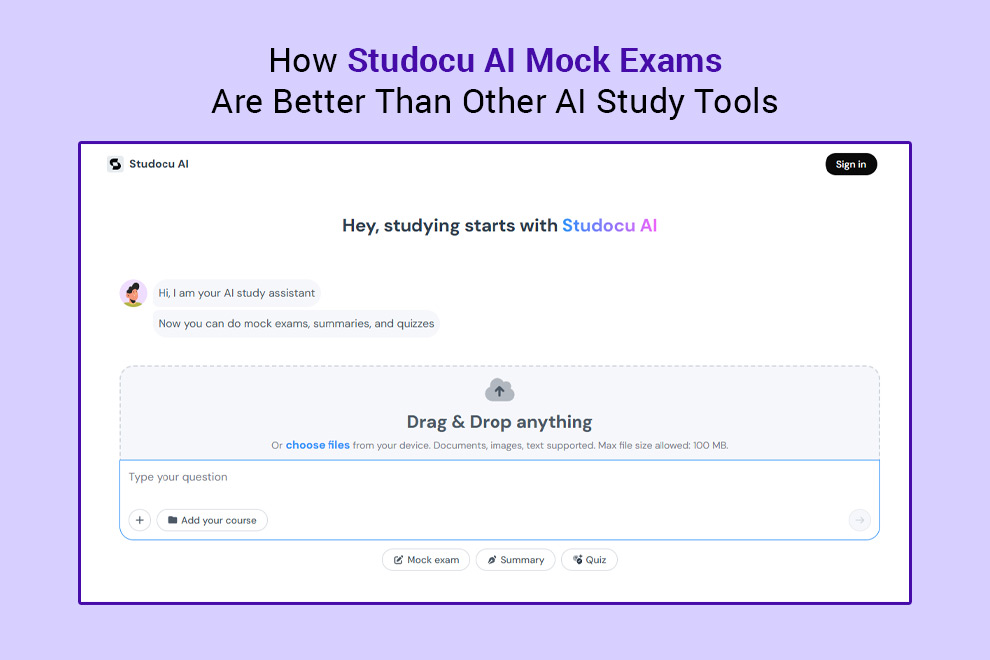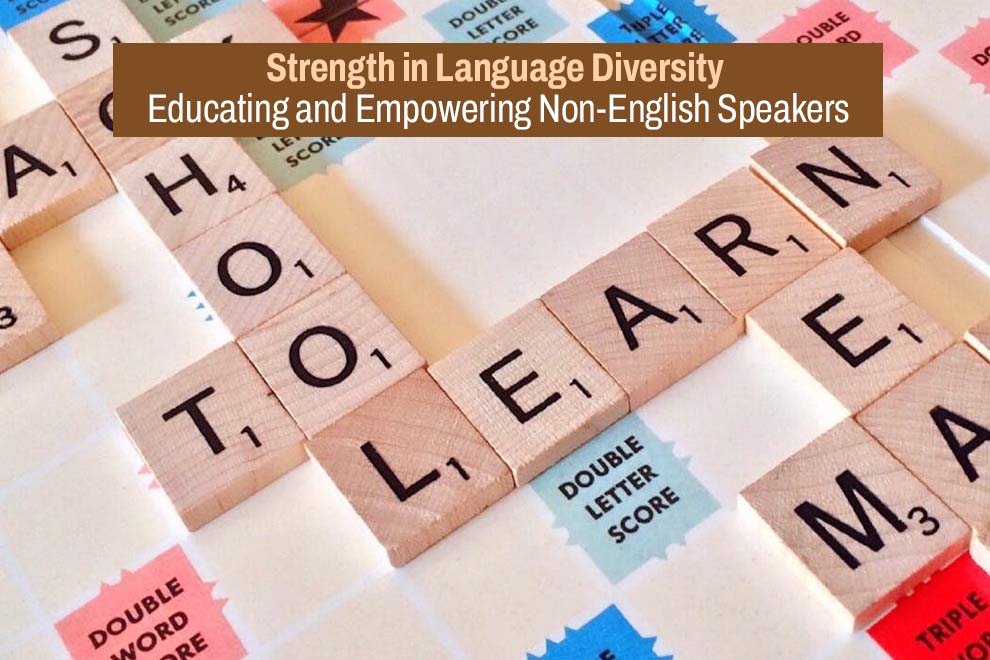Creating high-quality animations used to require a team of artists, animators, and technical directors. Today, AI animation software has made the process dramatically faster, cheaper, and more accessible — even for solo creators or small teams.
I’ve tested and compared the top AI animation software platforms that help you automate character motion, lip sync, scene transitions, and even full storytelling. Whether you’re a YouTuber, marketer, game developer, or educator, I guarantee at least one of these tools will meet your needs.
Best AI Animation Tools at a Glance
| Tool | Best For | Modalities | Platforms | Free Plan | Price Starts At |
| MagicHour AI | Text-to-animation | Text, image, video | Web | Yes | $0 |
| Animaker | Business explainers | Text, templates | Web | Yes | $20/month |
| DeepMotion | Motion capture from video | Video | Web | No | $39/month |
| Toonator | Hand-drawn, simple web gifs | Drawing | Web | Yes | Free |
| Cascadeur | 3D character animation | 3D Models | Windows, Mac | Yes | $25/month |
| Pika Labs | Storytelling with AI | Text, prompt-to-vid | Web | Yes | Free |
| Plotagon | Animated storytelling | Script-based | Web, iOS, Android | Yes | $5/month |
MagicHour AI
MagicHour AI stands out as the most versatile AI animation platform for creators in 2025. It supports both beginners and pros looking to create short videos, animations, and stylized visuals directly from text or media inputs. It integrates advanced animation models with an intuitive UI for fast content creation.
Pros:
- Converts text and scenes into full animations in minutes
- Offers character motion, lip sync, and style presets
- Works across video, image, and voice input
- Built-in storyboard editor
- Excellent free plan
Cons:
- 3D animation support still limited
- Rendering queue times during peak hours
If you’re looking for top AI animation software that delivers fast, stylized results with minimal effort, MagicHour AI is hard to beat. One reason creators are switching to MagicHour AI is its reputation as the top AI animation software for effortless and high-quality video generation.
Price: Free plan available; paid plans from $12/month
Animaker
Animaker has been around for a while and is still a strong choice for business explainers and corporate videos. It utilizes template-based animation creation, making it easy for teams to create consistent, branded content.
Pros:
- Huge template library
- Custom characters and voiceovers
- Built-in asset library (icons, props, charts)
- Collaboration features
Cons:
- Less flexibility for original animation
- Watermark on free version
- UI can feel dated
If your goal is to produce explainer videos or training content fast, Animaker does the job well.
Price: Free plan with watermark; $20/month for full access
DeepMotion
DeepMotion focuses on turning simple video inputs into realistic 3D body animations. It’s ideal for developers, game creators, or animators needing motion capture without a mocap suit.
Pros:
- AI-based motion tracking from 2D video
- Supports FBX/BVH export for game engines
- Good accuracy for human movement
Cons:
- No scene-building or storytelling tools
- Requires clean background input video
- No free plan
If your workflow involves game dev or VR prototyping, DeepMotion is worth it.
Price: From $39/month
Toonator
Toonator is an old-school online tool that lets you draw frame-by-frame animations in a browser. It’s not powered by advanced AI, but it’s still a go-to for quick GIFs or sketch-style animation.
Pros:
- Super simple to use
- Great for hobbyists or memes
- No login required
Cons:
- Lacks automation features
- No HD output
- Limited to 2D line drawings
If you want to animate something freehand on the fly, Toonator works surprisingly well.
Price: Free
Cascadeur
Cascadeur is designed for physics-based 3D character animation. It doesn’t generate scenes or storyboards, but it excels in helping you fine-tune complex motions, jumps, and falls.
Pros:
- In-depth rigging and physics control
- Motion editing with AI assistance
- Compatible with major 3D tools (Unity, Blender)
Cons:
- Learning curve for beginners
- No scene editor or storytelling features
If you’re an animator who values control and precision, Cascadeur’s AI assists are impressive.
Price: Free version available; $25/month for pro
Pika Labs
Pika Labs has quickly become a favorite for text-to-video storytelling. You write a scene, and the AI generates an animated clip with style, camera motion, and visual cues.
Pros:
- Prompt-to-video with style options
- Great for creators and short-form storytelling
- Fast rendering in most cases
Cons:
- Early-stage tool with limited control
- Occasional hallucinations in visuals
If you want to quickly prototype an animated idea or trailer, Pika Labs is powerful and fast.
Price: Free (with premium upgrades coming soon)
Plotagon
Plotagon focuses on script-to-animation storytelling. You write dialogue, pick characters, and the platform animates scenes for you. It’s especially popular for education and marketing use cases.
Pros:
- Simple to use
- Voiceover and text-to-speech included
- Mobile-friendly
Cons:
- Limited visual styles
- Few customization options for animation
If you want to turn scripts into shareable animated videos quickly, Plotagon does it well.
Price: Free plan available; $5/month for premium features
How I Chose These Tools
I spent two weeks testing these tools hands-on, focusing on:
- Speed and ease of use
- Animation quality
- AI features and automation
- Output formats and export options
- Price-to-value ratio
I tested each tool with a simple animation project: 1-minute explainer with lip sync, motion, and scene cuts. Tools that offered fast turnaround and strong AI-assisted results scored highest.
AI Animation Market Trends (2025)
AI-powered animation tools are moving toward:
- Multimodal input (text, voice, video, image all in one)
- Real-time generation with fewer delays
- Increased stylization (anime, Pixar-style, sketch, etc.)
- Tighter integration with video editors, game engines, and avatars
We’re also seeing AI tools like Runway, Synthesia, and Kaiber pivot toward generative film tools, indicating convergence between AI animation and full video production.
Final Takeaway
Each AI animation tool has its sweet spot:
- MagicHour AI – Best all-around tool for creators across formats
- Animaker – Best for marketing teams and explainers
- DeepMotion – Best for motion capture without hardware
- Toonator – Best for hobbyists and quick doodles
- Cascadeur – Best for technical 3D character animation
- Pika Labs – Best for generative storytelling from prompts
- Plotagon – Best for script-based animation in education or business
Try a few of these and see which one fits your workflow best.
FAQ
What is the best AI animation software for beginners?
MagicHour AI and Plotagon are both beginner-friendly with no animation background needed.
Which AI animation tool is best for YouTube creators?
MagicHour AI and Pika Labs offer strong video output with built-in style and camera motion, ideal for YouTube storytelling.
Can these tools create 3D animations?
Yes, tools like Cascadeur and DeepMotion specialize in 3D animation, while others focus on 2D or stylized output.
Is AI animation better than traditional animation?
It’s faster and more accessible but less flexible. For custom art or high-end film, traditional animation still wins.
Do any of these tools support real-time animation?
MagicHour AI and Pika Labs are moving in that direction, but full real-time rendering is still rare outside of game engines.










